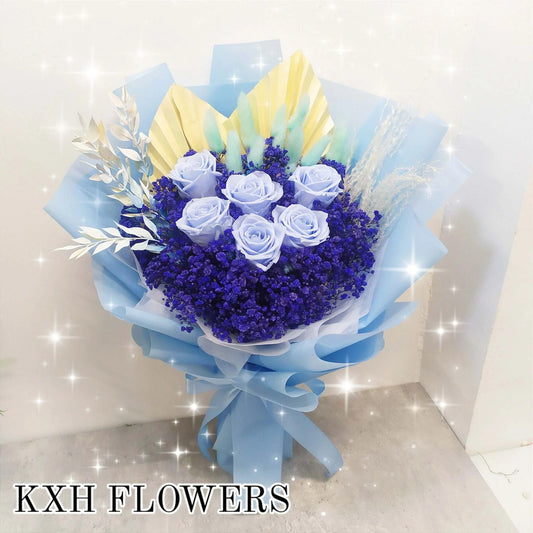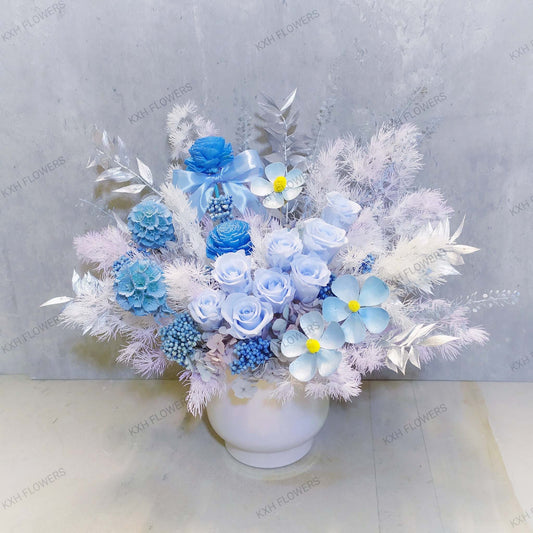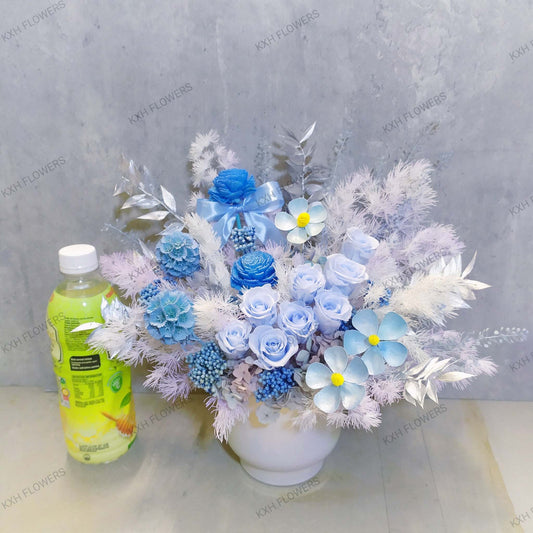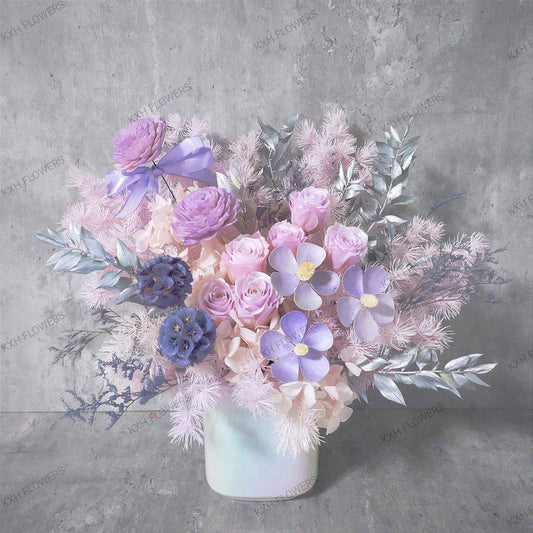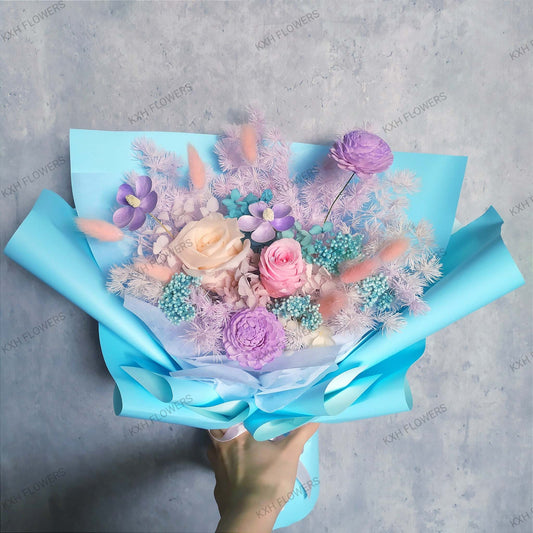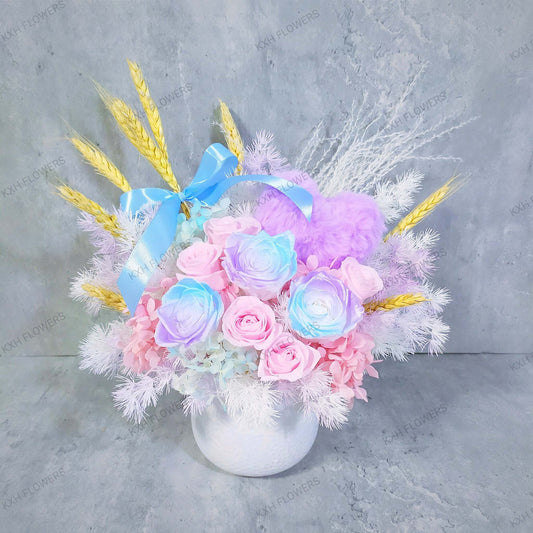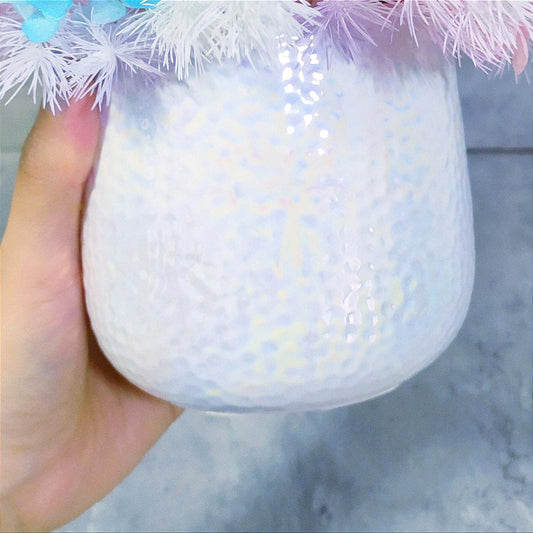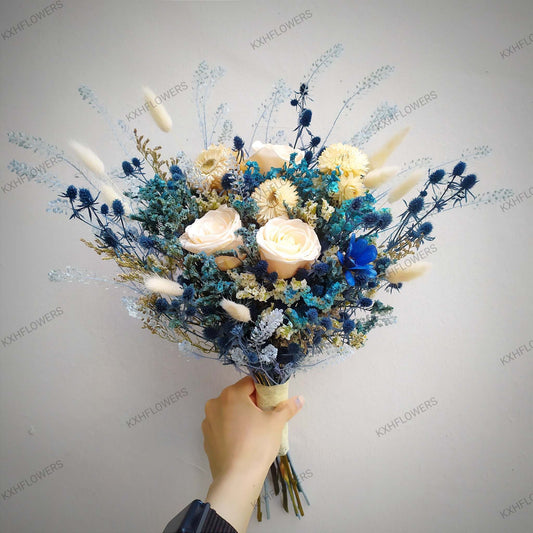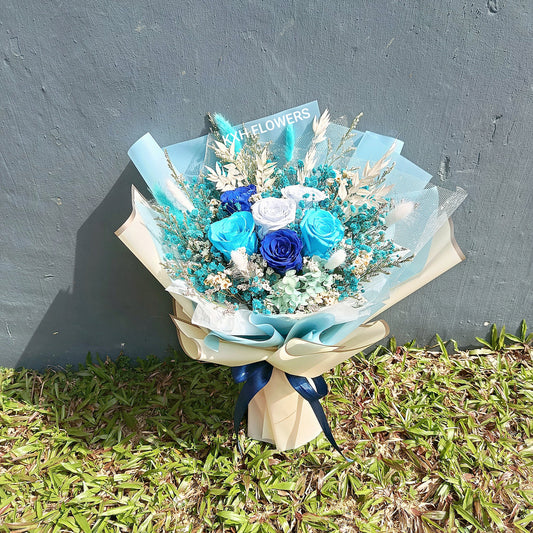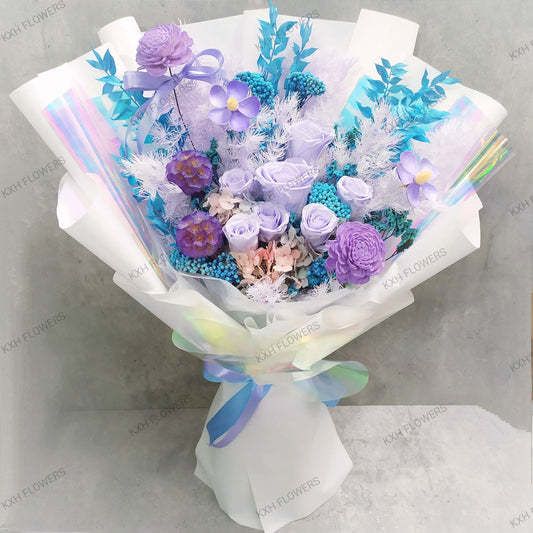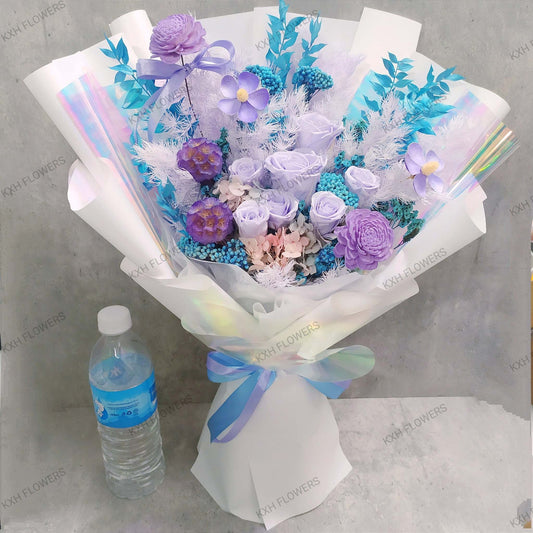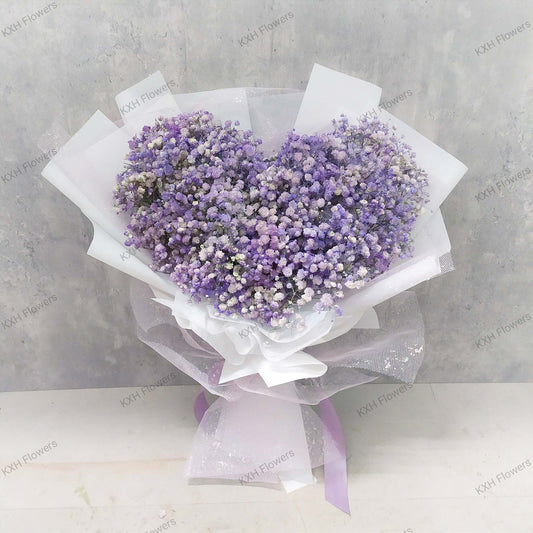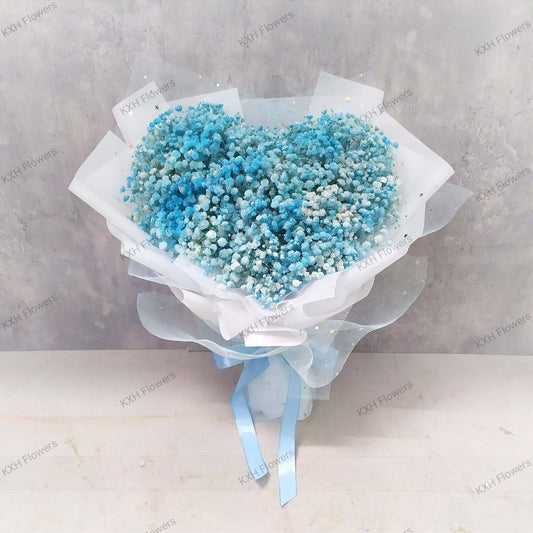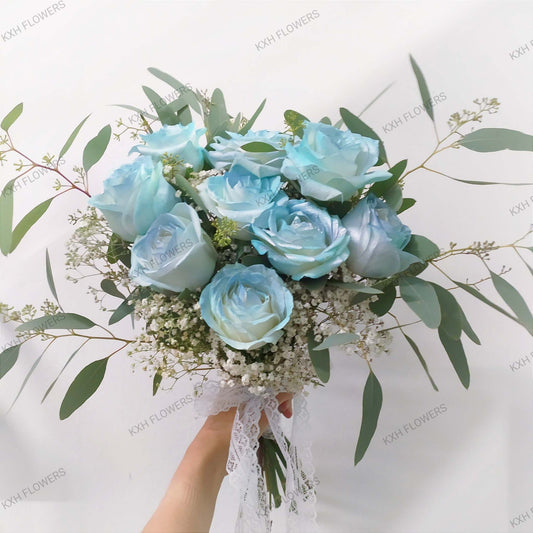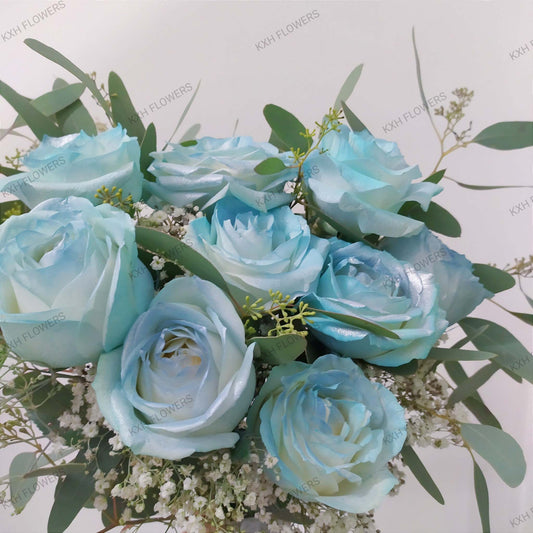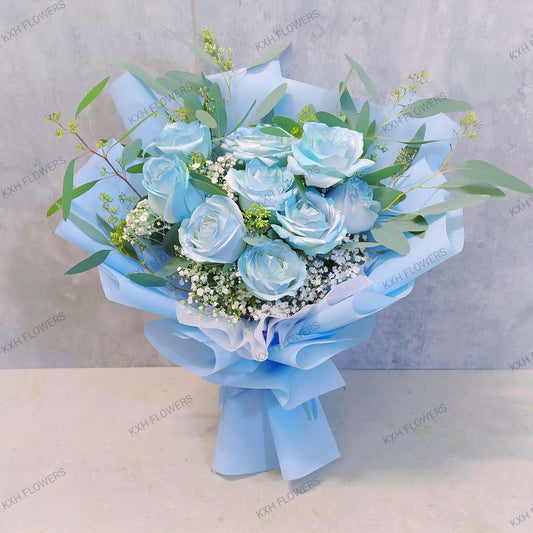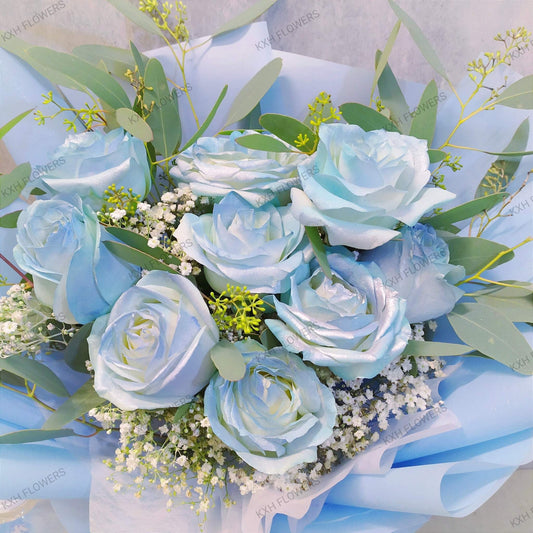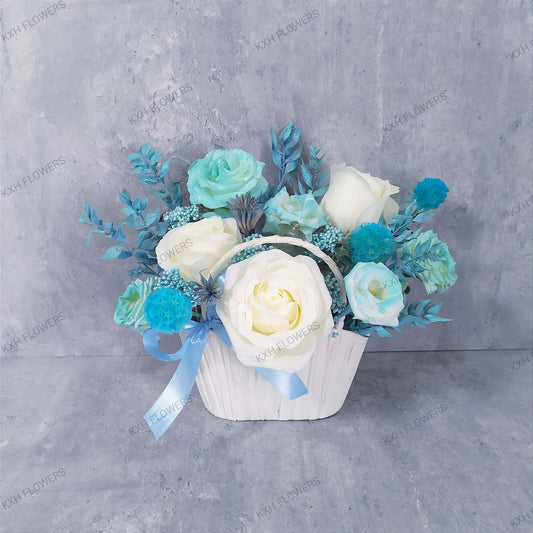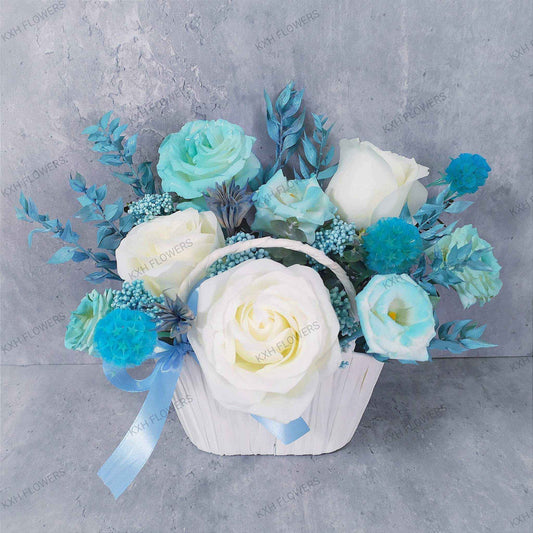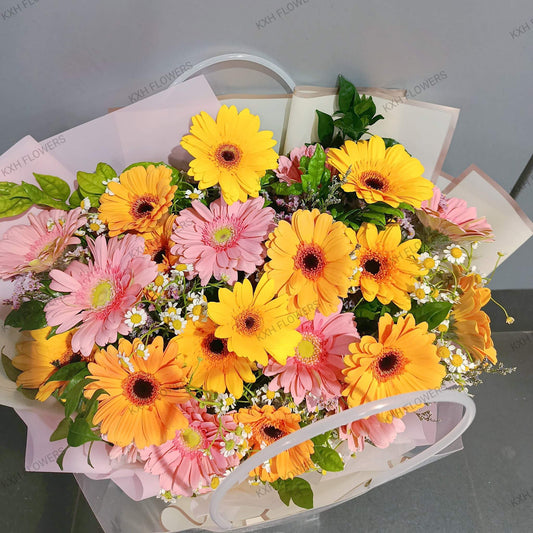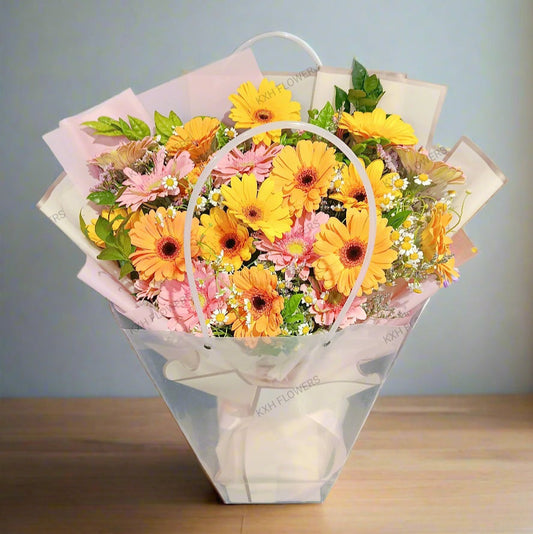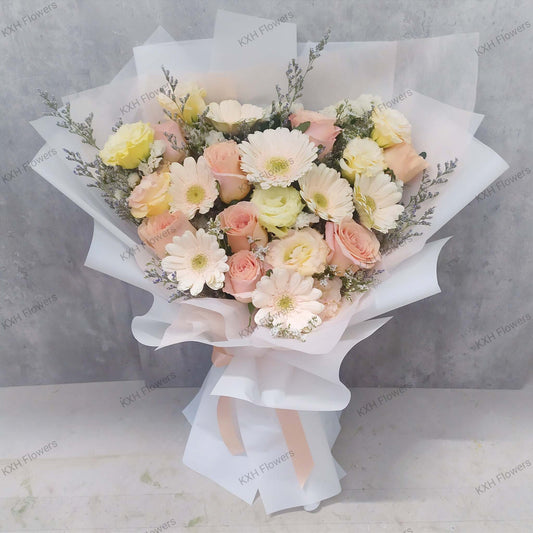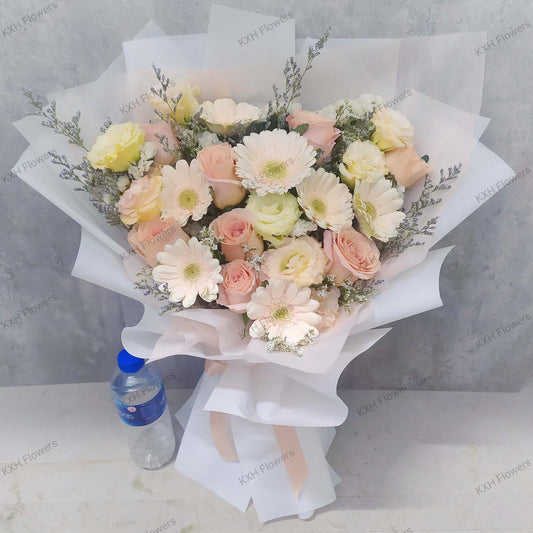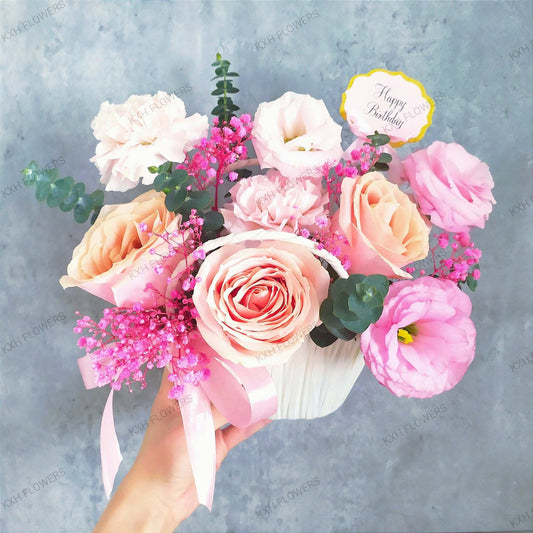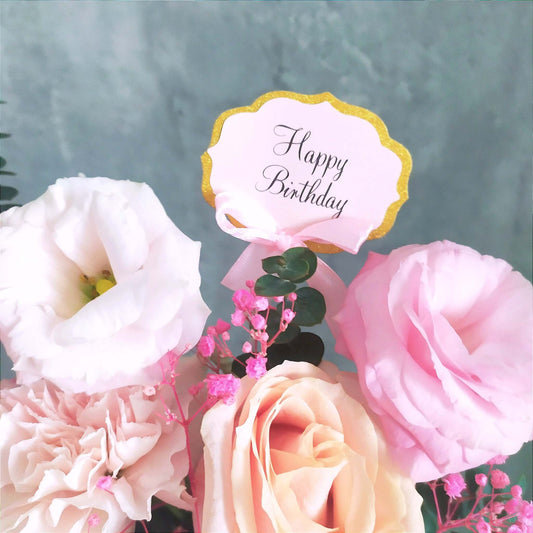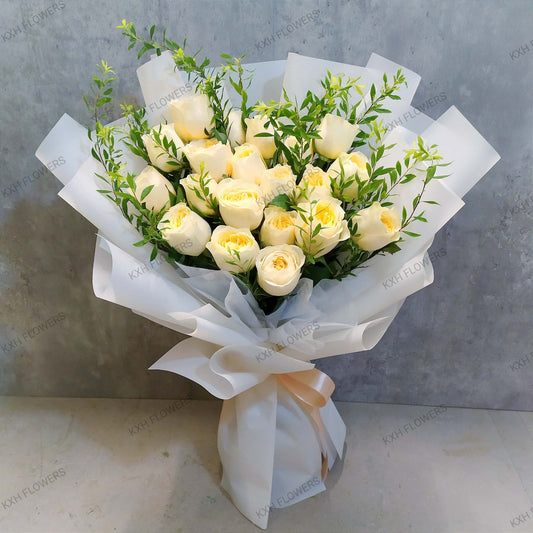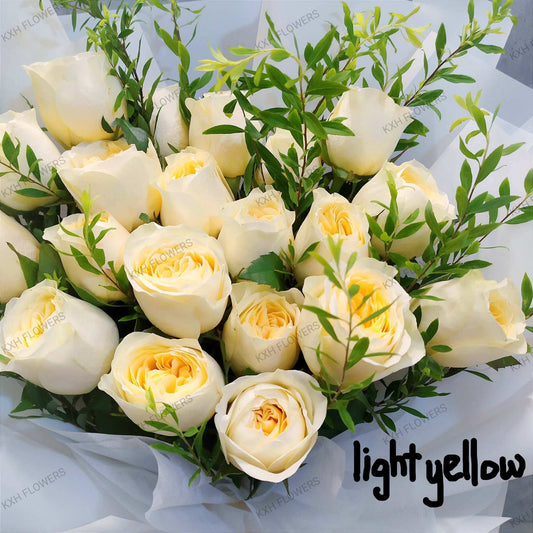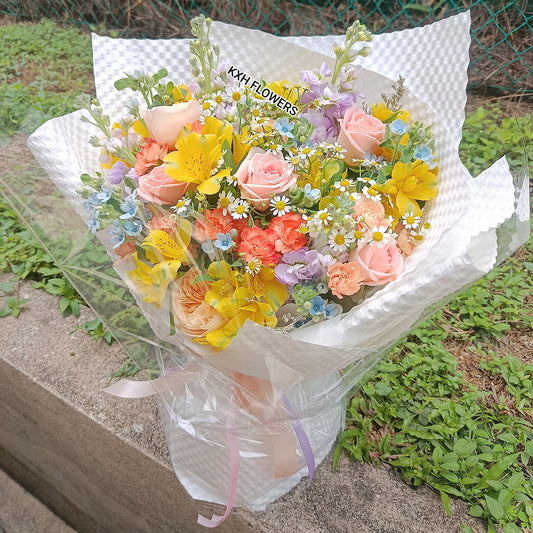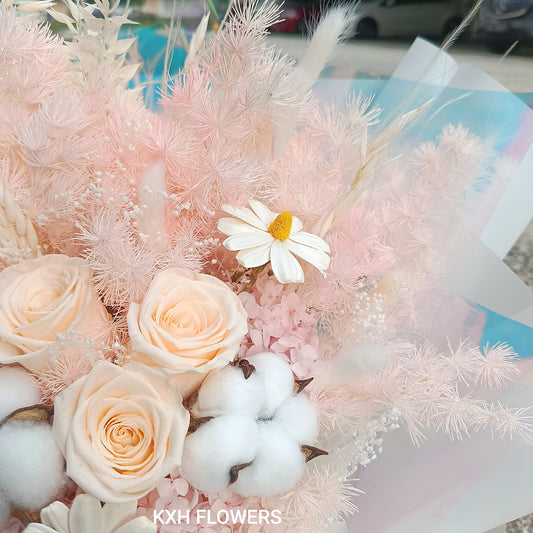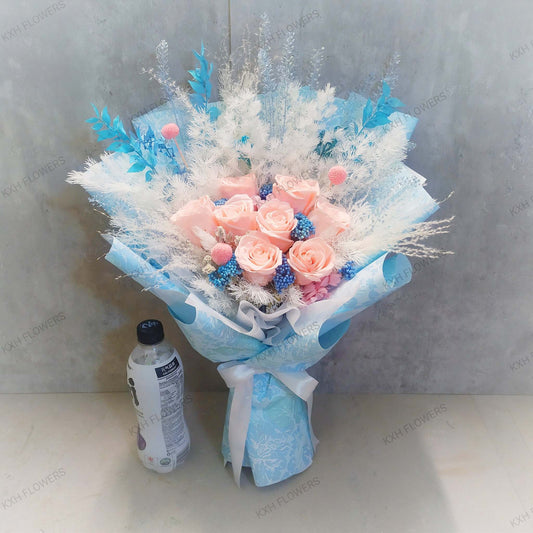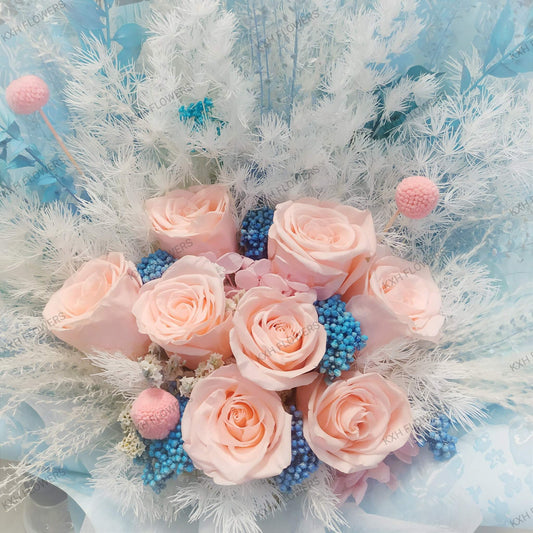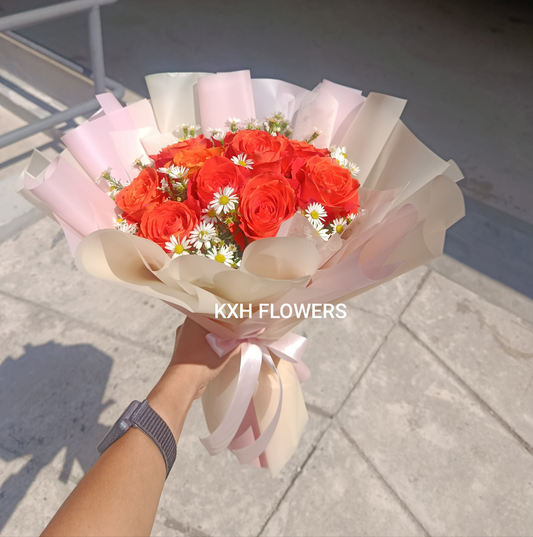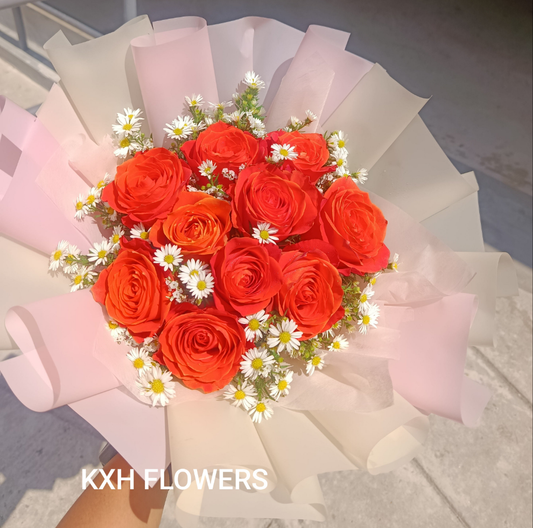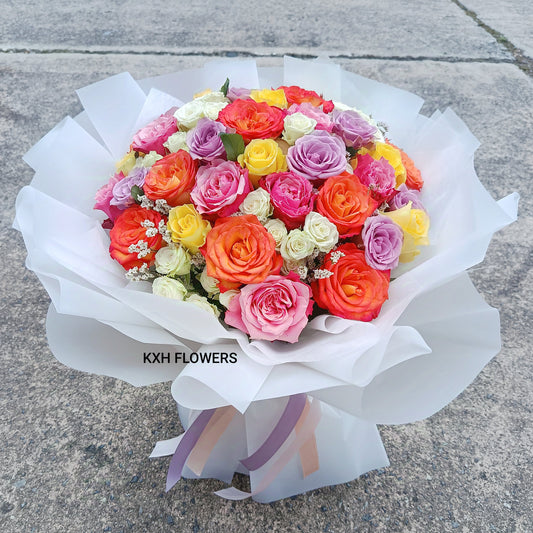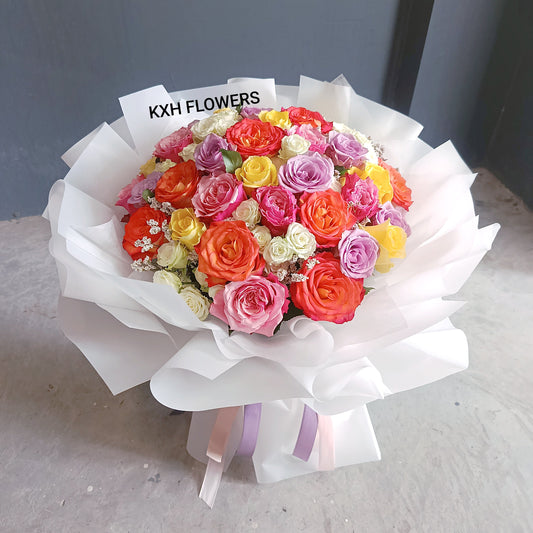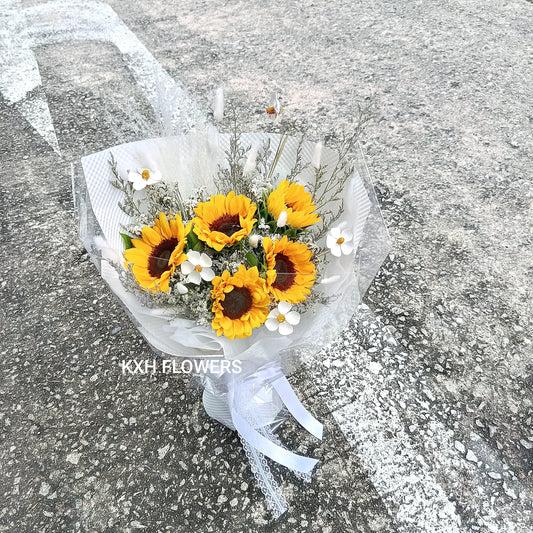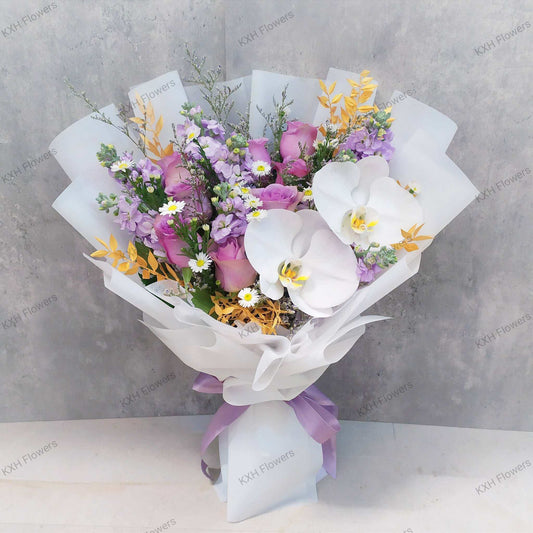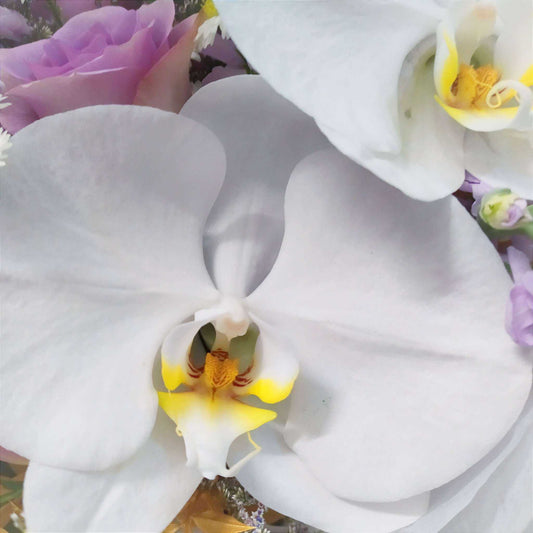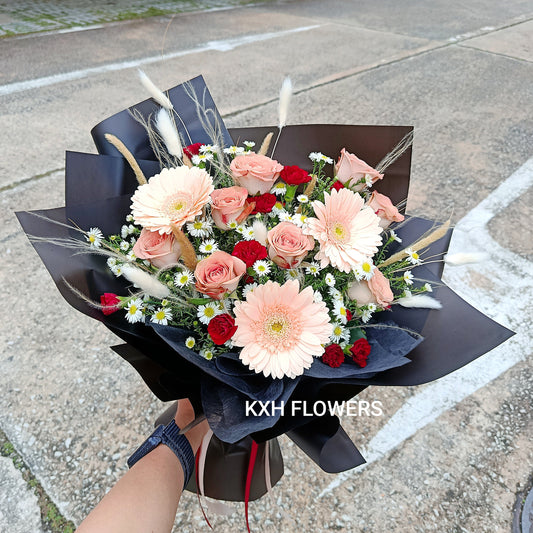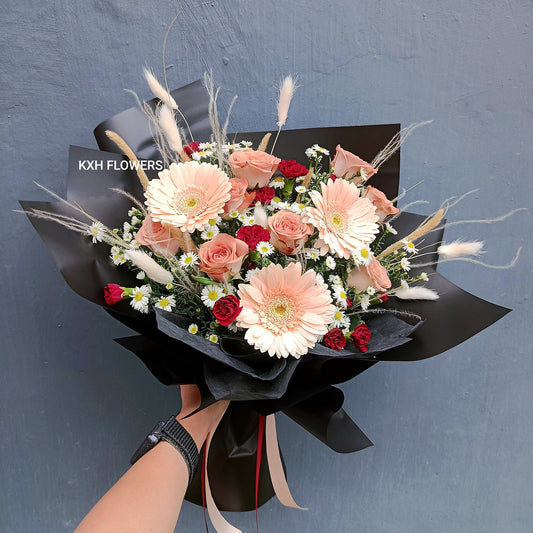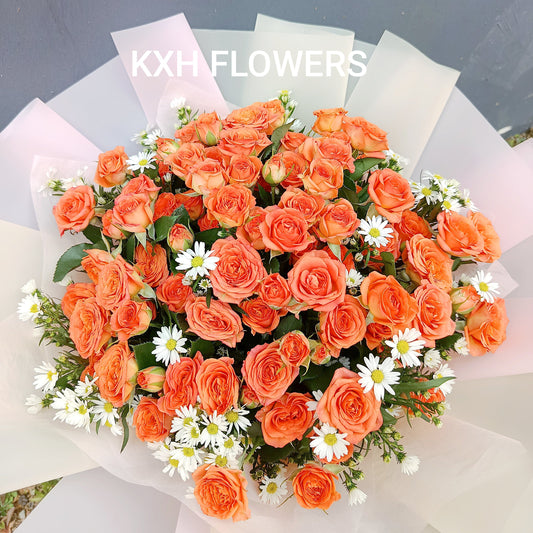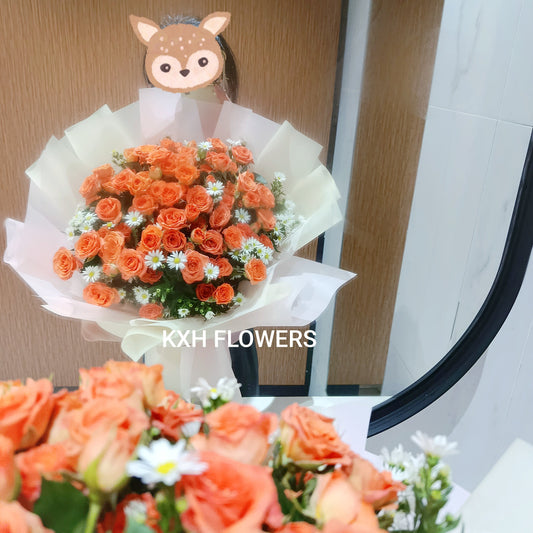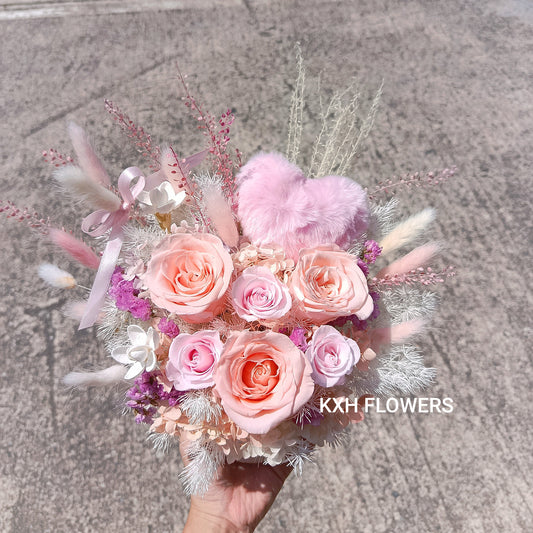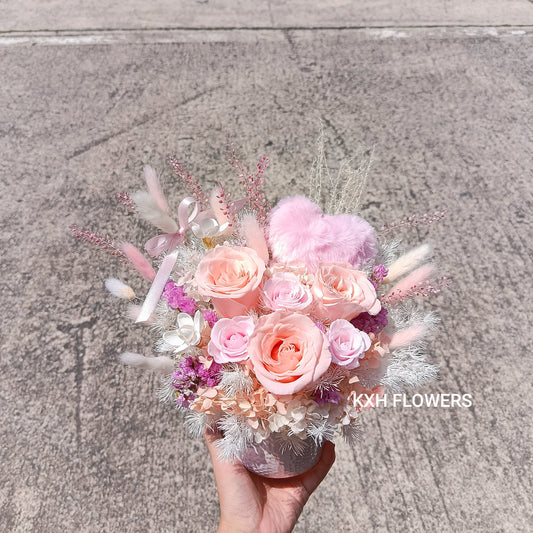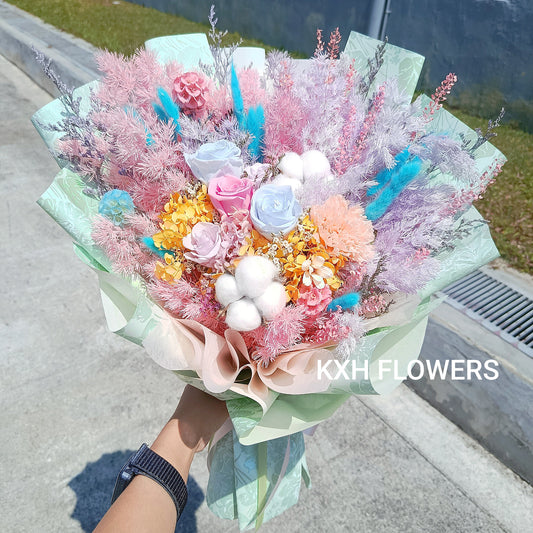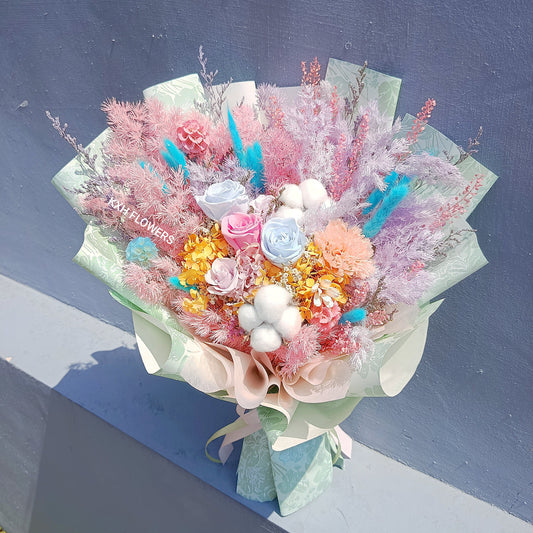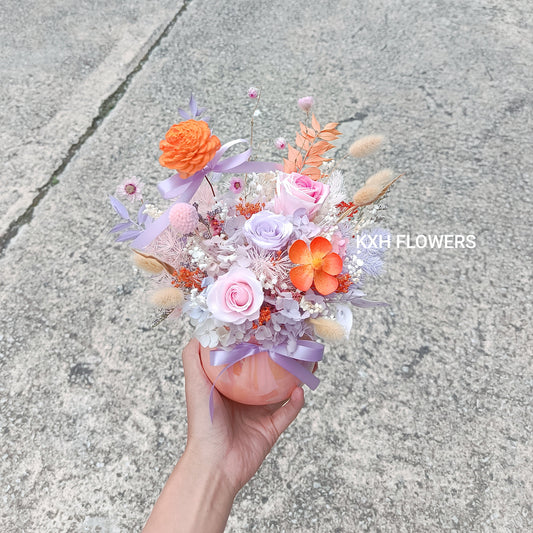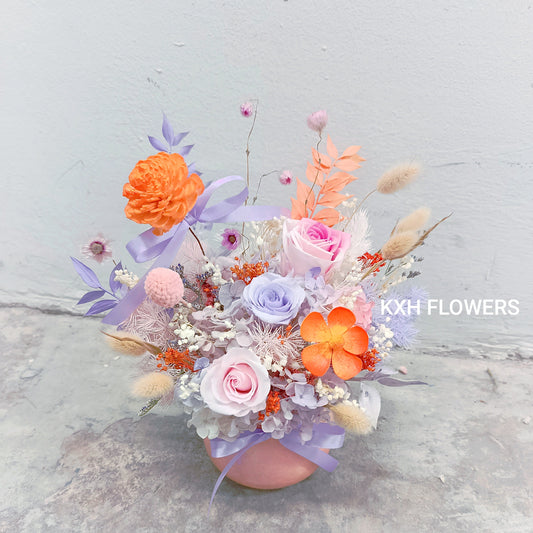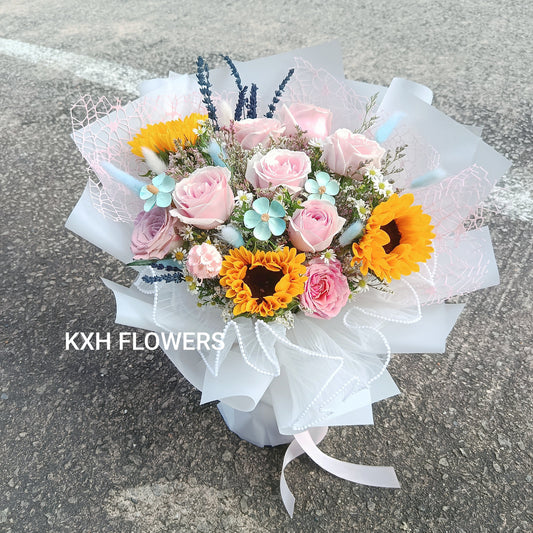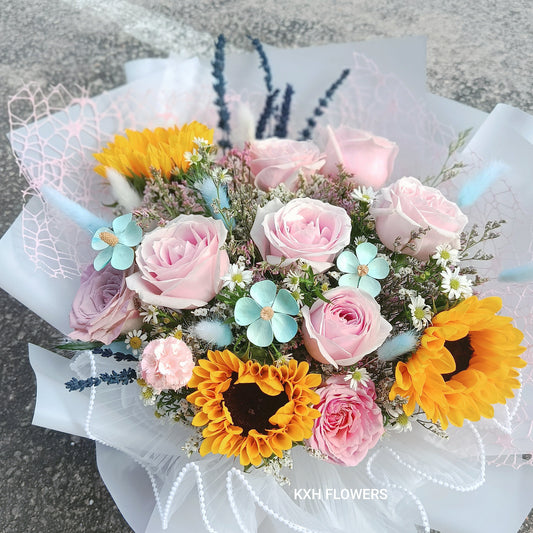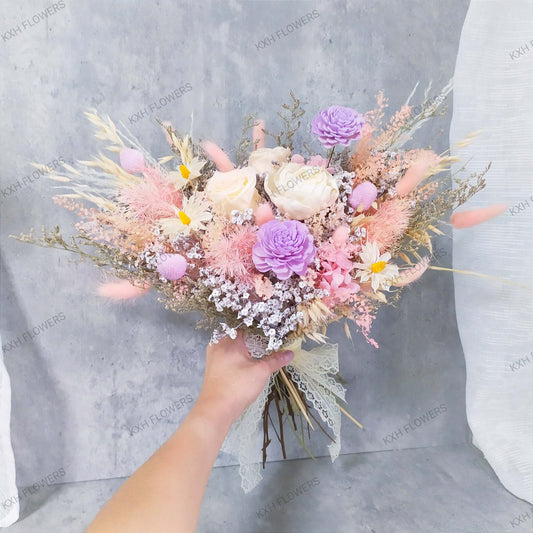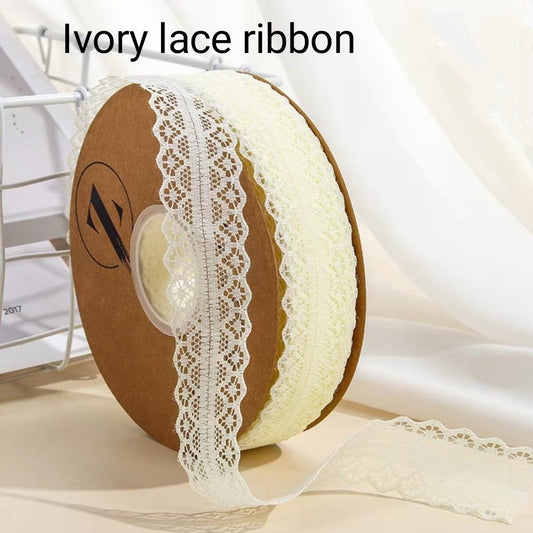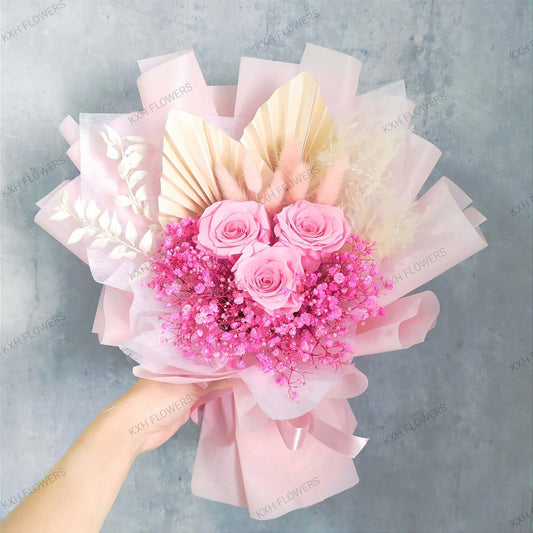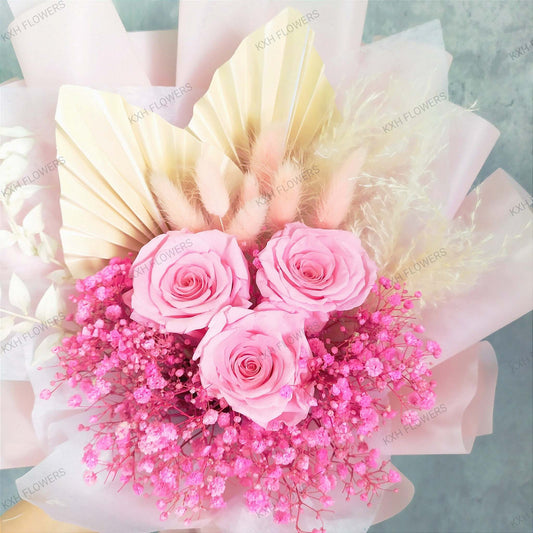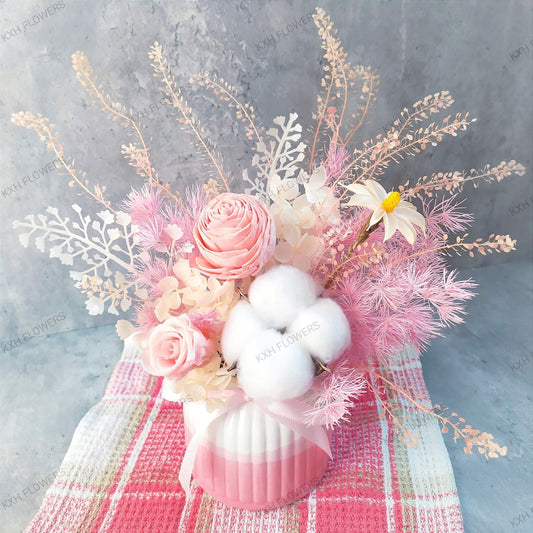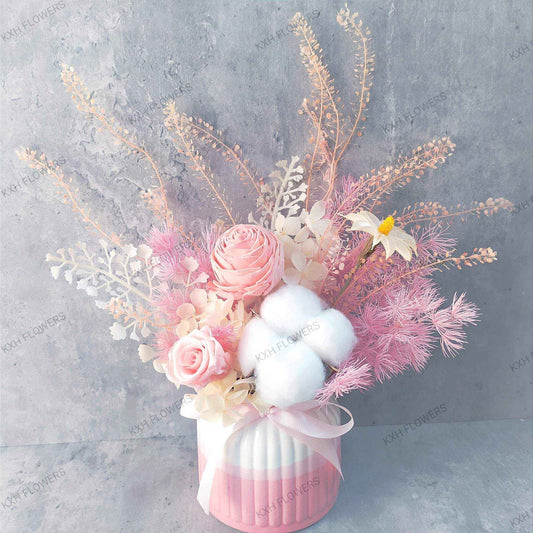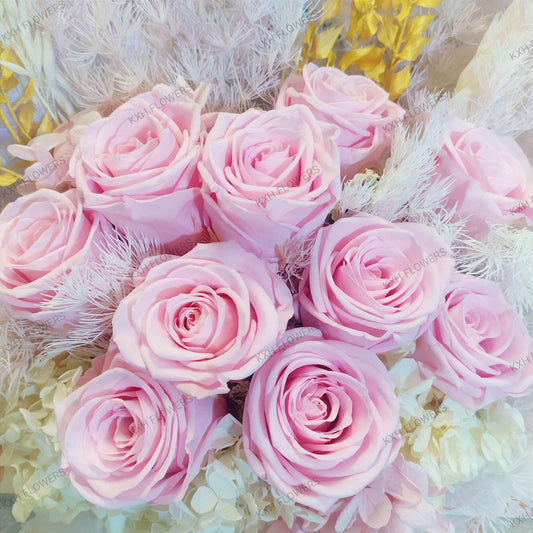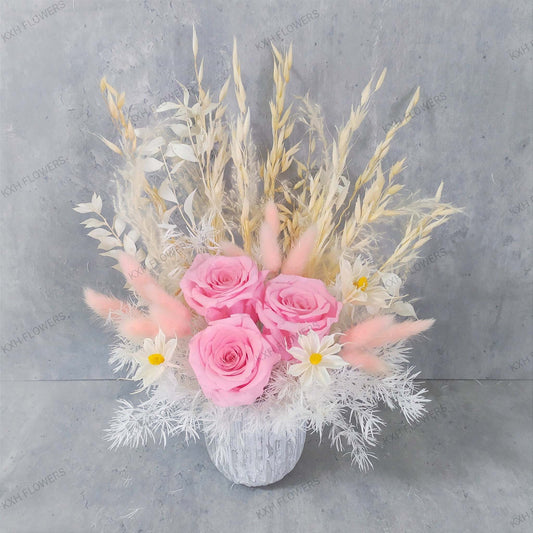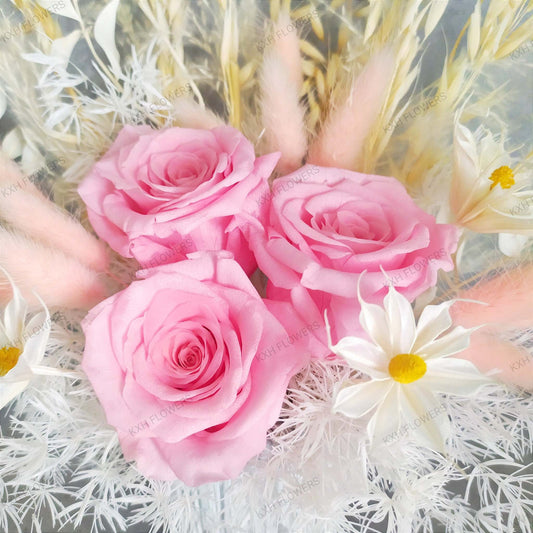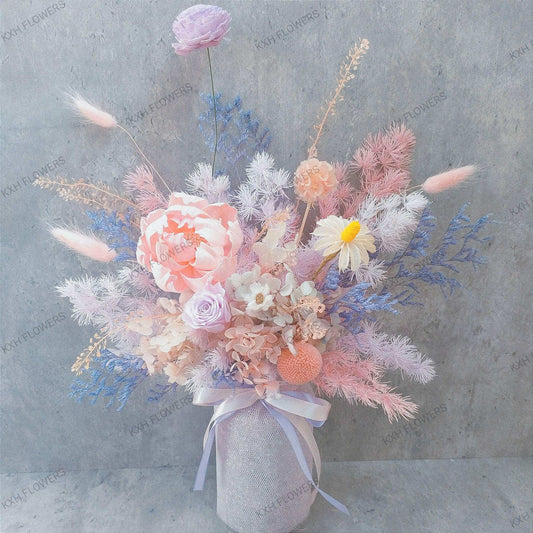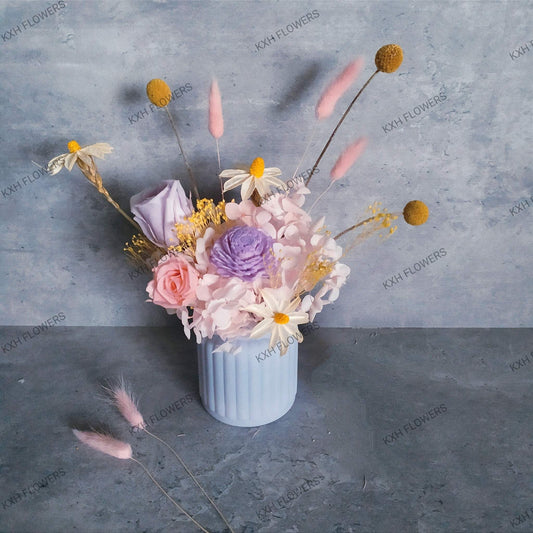Introduction
Pressed flowers are a timeless and creative way to preserve the beauty of nature. Whether you want to frame them as artwork, include them in journals, or craft personalized gifts like jewelry, pressing and framing flowers allows you to enjoy their charm long after they’ve been picked. For beginners, learning how to press flowers is simple and rewarding when you follow the right steps and tips. This guide will walk you through everything you need to know about pressing flowers, from choosing the best blooms to troubleshooting common issues and caring for your creations.
Why Press Flowers?
Pressed flowers are a wonderful way to capture memories of special occasions or create lasting keepsakes from your garden. Compared to other preservation methods, pressing flowers is easy, affordable, and produces stunning, flat results that are also more versatile for various artistic projects.

How to Press Flowers?
1. Choose Flowers in The Right Stage
Select fresh flowers at their peak. Make sure that they are free from bruising or blemishes.
2. Prepare the Flowers
- Remove any damaged petals, excess stems or leaves you don’t wish to preserve.
- Gently pat the flowers dry with a paper towel to remove surface moisture.

3. Choose Your Pressing Method
The 2 easiest methods for beginners would be Book Pressing and using a Flower Press Kit.
Book Pressing is the most classic and cheapest method. Choose a book you don’t mind damaging as excess moisture could leak out onto the pages. Otherwise, you may want to insert a thin layer of cardboard or newspaper to further protect the pages from leakage.
- Place the flowers between two sheets of blotting paper. Alternatives include parchment paper, coffee filter and baking paper.
- Insert the entire thing between the pages of a heavy book, like an encyclopedia or dictionary.
A slightly more expensive method would be using a Flower Press Kit. Many types are available online and offline in Singapore, ranging from $15 to $30.
- Layer the flowers between pieces of parchment paper, just like the book pressing method.
- Secure the entire thing with screws or straps provided with the kit.
4. Wait for Them to Dry
Patience is key when pressing and framing flowers. For the first week, check the flowers every 2 to 3 days. When the paper gets moist, change it out for a dry one as moisture can lead to browning and mould. Use a pair of tweezers to carefully remove the flower; the flower will start to become brittle as it dries. The interval may be increased to once a week from the second week onwards.
Allow the flowers enough time to dry completely. It will be ready in 2 to 4 weeks depending on the flower type. Flatter blooms like pansies and small daisies with thinner petals will be ready in 2 weeks, while thicker blooms such as roses and baby’s breath would need more time.
What Are The Best Flowers for Pressing?
Not all flowers press equally well. Choose blooms with a single layer of petals that aren’t too thick, as flatter flowers press more effectively. Here are some ideal flowers for pressing.

1. Pansies and Violas
- Retain vibrant colors after drying.
- Not so commonly available in Singapore

2. Daisies
- Simple, flat shape ideal for pressing.
- Sturdy structure that prevents crumbling.

3. Roses
- Choose roses that are fully bloomed.
- Press it open face - push the petals down until you can see the centre of the rose.
- If pressing from the side, choose smaller spray roses for better results.

4. Delphiniums
- Small flat blooms that are easy to flatten even more.

5. Baby’s Breath
- Tiny spherical blooms that can look very cute

6. Orchids
- Choose the flat face phalaenopsis for best results

7. Ferns and Leaves
- Add texture and variety to pressed flower frame arrangements.
- Easy to press and very long-lasting.
Common Problems with Pressed Flowers and Suggested Solutions
1. Mould
Cause: Humid environment or flowers were not fully dried
Suggestion: Use absorbent paper and change it every few days during the pressing process. Ensure flowers are completely flat to prevent trapped moisture. Spray it with alcohol or disinfectant spray when changing parchment paper. Let the alcohol evaporate before pressing again.
2. Discoloration
Cause: Overexposure to sunlight or heat during or after drying.
Suggestion: Store your pressing setup in a cool, dark place, maybe a refrigerator if possible.
3. Brittle Flowers
Cause: Pressed flowers naturally become fragile over time.
Suggestion: Handle them carefully and consider sealing them with resin, wax, or laminating sheets for extra durability.
Comparing Pressed Flowers vs. Other Preservation Methods
1. Air Drying
Flowers are hung upside-down in a dry, dark place to retain their shape while drying.
Pros: Free and beginner friendly. Preserves the three-dimensional form of flowers.
Cons: Results in a more rustic, less polished look compared to pressed flowers. Can’t be used in crafts such as making coasters or jewelry.
2. Freeze-Drying
Flowers are placed in a vacuum chamber that removes moisture while maintaining their shape and color.
Pros: Produces high-quality, lifelike preserved flowers.
Cons: Expensive equipment and not feasible for home projects.
3. Silica Gel Drying
Flowers are buried in silica gel crystals, which absorb moisture while preserving their shape.
Pros: Retains color and structure fairly well.
Cons: Requires additional materials and effort compared to book pressing.
4. Pressing
Flowers are flattened and dried over time between sheets of paper.
Pros: Inexpensive, beginner-friendly, and can be used for many types of crafts
Cons: Flowers lose their three-dimensional shape. Unlike the other methods, pressed flower frames cannot be easily displayed without being sealed in some way.
Each method has its unique charm, but pressed flowers are unmatched for their simplicity and versatility.

Conclusion to Pressed Flowers: A Guide For Beginners
Pressing flowers is a beautiful and accessible way to preserve memories and create meaningful art. Whether you’re capturing blooms from a wedding bouquet, your garden, or a special gift, this guide has everything you need to get started. With the right flowers, proper techniques, and some creativity, you’ll be able to turn pressed flowers into lasting treasures.
If you’re looking for the perfect fresh flowers to press or use in your next craft project, check out our collection of handpicked blooms, ideal for pressing and preserving. KXH Flowers is here to help you find the perfect flowers for every creative endeavor!
Related Posts
8 Best Flowers to Air Dry at Home
How to Care for Preserved Flowers in SIngapore
Preserved Vs. Artificial Flowers: Choosing Timeless Beauty
7 Types of Orchids Commonly Seen in Singapore (With Photos and Names)


